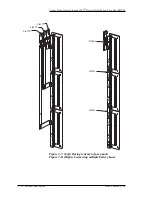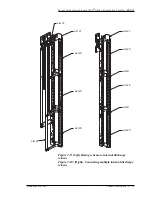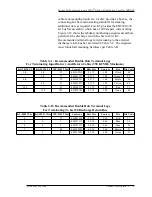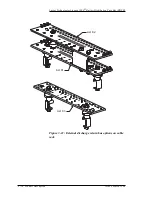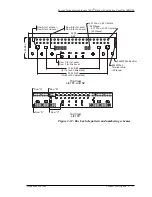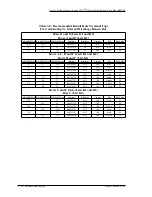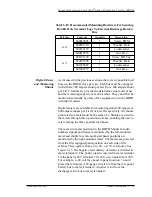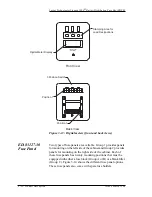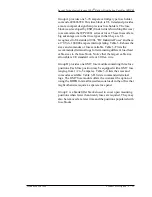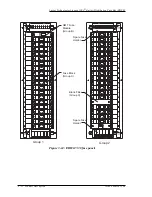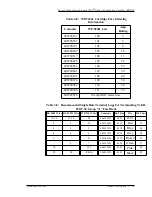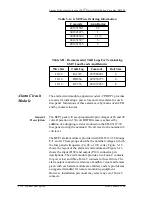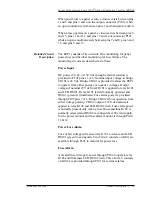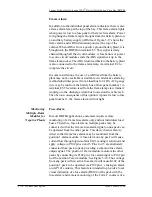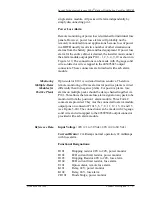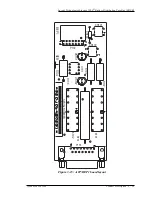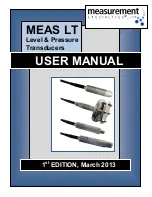
Lucent Technologies Lineage 2000® Battery Distribution Fuse Bay (BDFB)
Issue 4 March 1998
Product Description 3 - 25
When power loss to a panel occurs, a closure exists between pins
1 and 2 and pins 3 and 4 on the output connector (P101), while
an open condition exists between pins 1 and 9 and pins 3 and 10.
When a fuse operates on a panel, a closure exists between pins 8
and 15, pins 11 and 12, and pins 13 and 14 of connector P101,
while an open condition exists between pins 7 and 8, pins 6 and
12, and pins 5 and 13.
Detailed Circuit
Description
The BEP1 consists of two circuits. One monitoring for panel
power loss and the other monitoring for fuse failures. The
monitoring circuits are described as follows.
Power Input
DC power (24, 48, or 130 Vdc through external resistor) is
provided to P102 pins 11 or 6. Nominal input voltage to bridge
CR101 is 24 Vdc. Bridge CR101 is provided to allow the BEP1
to operate from either positive or negative voltages. Output
voltage of nominal 22 Vdc from CR101 is applied to relay K101
and LED DS101. Relay K101 is held normally operated and
DS101 (green) is illuminated. Fuse alarm power is provided
through P102 pins 7 or 8. Bridge CR102 allows operation from
either voltage polarity. CR102 output of 22 Vdc nominal is
applied to relay K102 and LED DS102 (red). Fuse alarm power
is normally present only when a fuse blows and thus K102 is
normally released and DS102 is extinguished. The return path
for the power monitor and fuse alarm monitor is through P102-
12 & 14.
Power Loss Alarm
Loss of bus voltage will cause relay K101 to release and LED
DS101 (green) to extinguish. Two Form C contacts on K101 are
available through P101 to monitor for power loss.
Fuse Alarm
A cleared fuse will apply power through P102 to operate relay
K102 and illuminate LED DS102 (red). Three Form C contacts
on K102 are provided through P101 for external alarms.


